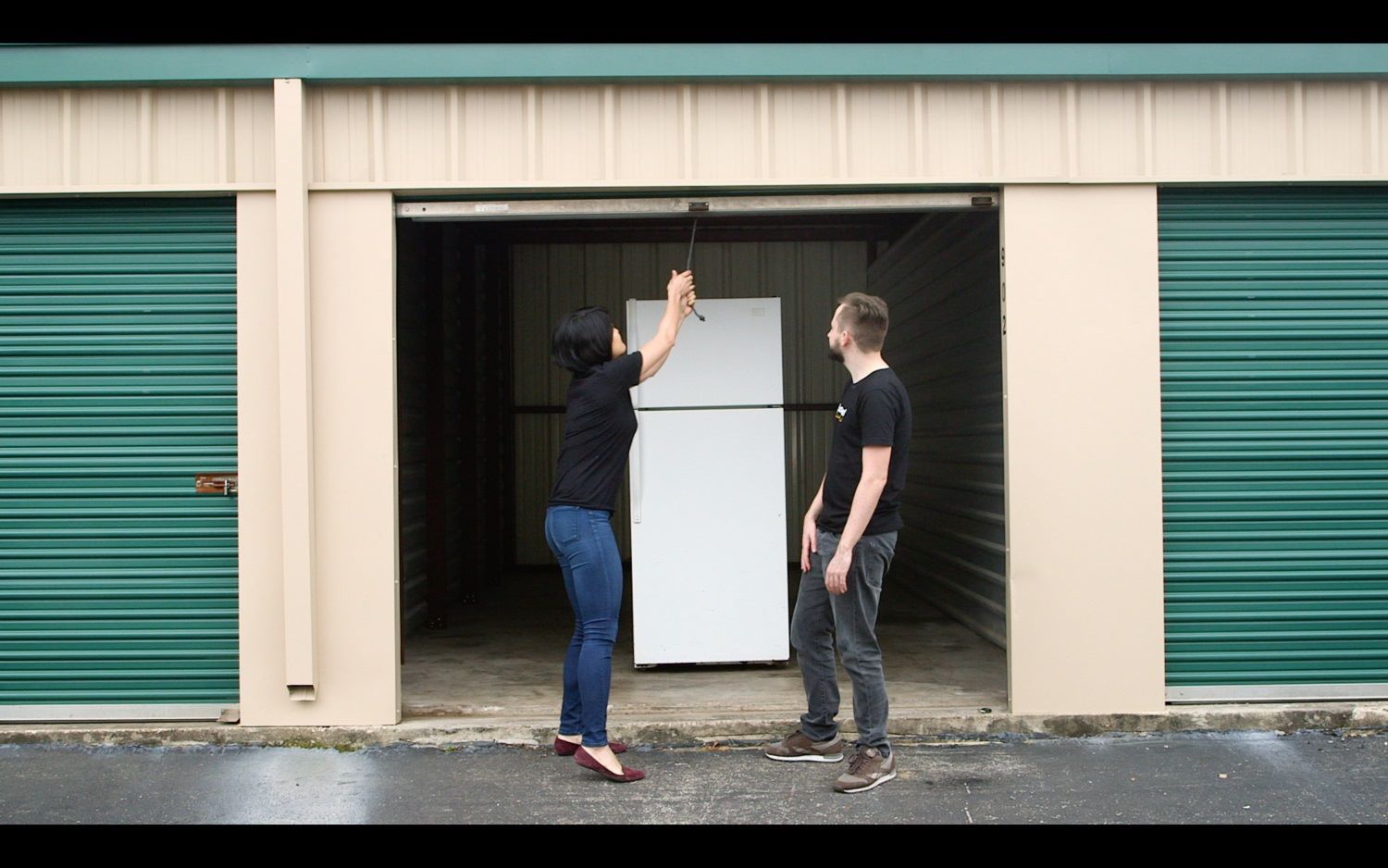

Articles
How To Store A Fridge In Storage
Modified: December 7, 2023
Learn the best practices for storing a fridge in a storage unit. Get expert advice and tips in our informative articles.
(Many of the links in this article redirect to a specific reviewed product. Your purchase of these products through affiliate links helps to generate commission for Storables.com, at no extra cost. Learn more)
Introduction
Storing a fridge properly is crucial to ensure its longevity and optimal performance when it’s time to bring it out of storage. Whether you’re moving to a new home, renovating your kitchen, or simply need temporary storage space for your refrigerator, following the right steps can help protect your investment.
In this article, we will guide you through the process of storing a fridge in storage, taking into account all the necessary precautions to keep it in excellent condition. By following these steps, you can prevent damage, odors, and potential malfunctions that may occur while the fridge is in storage.
Keep in mind that each fridge model may have specific instructions for storage, so it’s always a good idea to refer to the manufacturer’s manual. However, the general steps outlined in this article will give you a solid foundation to store your fridge correctly.
Now, let’s dive into the step-by-step process of how to store your fridge in storage.
Key Takeaways:
- Properly storing a fridge involves steps such as preparing, cleaning, and securing the appliance to maintain its longevity and performance, ensuring a worry-free storage experience.
- Choosing the right storage location, positioning the fridge correctly, and monitoring its condition are crucial for preserving the appliance and avoiding unnecessary repairs or replacements.
Read more: How To Store Food Without A Fridge
Step 1: Prepare the Fridge for Storage
Before storing your fridge, it’s important to properly prepare it to minimize any potential issues that may arise during its time in storage. This step involves emptying the fridge, removing perishable items, and taking measures to prevent mold, mildew, and unpleasant odors.
Start by removing all the food and beverages from the refrigerator and freezer compartments. Dispose of any expired or perishable items and consider donating any unopened, non-perishable items to a local food bank. Thoroughly clean the inside of the fridge, including shelves, drawers, and door compartments, using a mild cleaning solution or a mixture of water and vinegar. Make sure to wipe down all surfaces and remove any food spills or residue.
Next, remove the fridge’s water filter if applicable, as it can become a breeding ground for bacteria during storage. Check the manufacturer’s instructions to see if there are any specific recommendations for removing the water filter. Once removed, seal it in a plastic bag and store it separately to prevent any damage.
Lastly, to prevent mold and mildew growth, leave the fridge doors slightly ajar to allow for air circulation. This will help prevent any trapped moisture and odors from developing inside. You can use a small prop, like a rolled-up towel or a doorstop, to keep the doors from closing completely. Be careful not to place any heavy objects on the doors, as this may cause damage.
By carefully preparing your fridge for storage, you’ll ensure a clean and odor-free appliance when it’s time to retrieve it.
Step 2: Clean the Fridge
After preparing the fridge for storage, the next step is to thoroughly clean both the interior and exterior of the appliance. Cleaning the fridge ensures that there are no lingering food particles, spills, or residue that can attract pests or lead to unpleasant odors.
Start by removing all the shelves, drawers, and door compartments. Wash them with warm, soapy water and rinse them thoroughly. Allow them to air dry completely before putting them back into the fridge. If the shelves and drawers are made of glass or plastic, take extra caution to avoid any chips or cracks.
While the removable parts are drying, use a damp cloth or sponge to clean the interior walls and surfaces of the fridge. Wipe away any spills or stains, paying close attention to the corners and crevices. To eliminate any lingering odors, you can use a mixture of water and baking soda to wipe the interior. Baking soda is known for its odor-absorbing properties and can help neutralize any unpleasant smells.
Don’t forget to clean the exterior of the fridge as well. Wipe down the doors, handles, and control panel with a mild cleaning solution or a mixture of water and vinegar. Avoid using harsh chemicals or abrasive cleaners that can damage the finish of the appliance.
Once the interior and exterior are clean and dry, you can reassemble the shelves, drawers, and door compartments. Ensure that everything is properly in place and secure.
By thoroughly cleaning the fridge before storage, you’ll not only maintain its cleanliness but also prevent any potential odors or pests from developing during the storage period.
Step 3: Defrost the Freezer
Before storing your fridge, it’s essential to defrost the freezer compartment. Over time, ice can build up in the freezer, affecting its efficiency and potentially causing damage if left unchecked. Defrosting the freezer ensures that the appliance is ready for storage and prevents any water leakage or freezer burn.
Start by removing any perishable items from the freezer and transferring them to a cooler or another freezer if available. Take this opportunity to assess the contents of your freezer and dispose of any expired or unwanted items.
To defrost the freezer, turn off the fridge and unplug it from the power source. Leave the freezer door open to allow the ice to melt naturally. Placing towels or a shallow pan below the freezer compartment can help catch any water that may drip down.
Speed up the defrosting process by placing a bowl of warm water inside the freezer. The steam created will help melt the ice faster. You can also use a hairdryer, set on low heat, to gently melt the ice. Be sure to keep the hairdryer away from any water to avoid electrical hazards.
Do not use sharp objects or utensils to chip away at the ice, as this can damage the lining of the freezer. Allow the ice to fully melt, and wipe down the walls and surfaces with a clean, dry cloth to remove any excess moisture.
Once the freezer is completely defrosted and dry, you can close the freezer door. This step is essential to prevent mold or mildew growth during storage.
By defrosting the freezer before storing your fridge, you’ll avoid potential damage and ensure that the appliance is ready for future use.
Step 4: Secure the Shelves and Doors
Properly securing the shelves and doors of your fridge is crucial to prevent any damage during storage. This step ensures that the interior components remain intact and that the doors stay closed, preserving the integrity of the appliance.
Start by adjusting the shelves to their lowest positions or removing them altogether if possible. This prevents them from shifting or falling during transportation or while in storage. Wrap each shelf individually with bubble wrap or packing materials to protect them from scratches or breakage. Secure the wrapped shelves with tape to keep them in place.
Next, secure the doors of the fridge to prevent them from opening during storage. You can use bungee cords or straps to hold the doors securely shut. Place the straps or cords across the front of the fridge, starting at the top and going down to the bottom. Make sure the doors are tightly closed before securing them.
If your fridge has a door lock feature, engage it to provide an extra layer of protection. This can help prevent the doors from accidentally opening and causing potential damage.
By securing the shelves and doors of your fridge, you’ll minimize the risk of any movement or damage, ensuring that the appliance remains in excellent condition while in storage.
Read more: How To Store Used Tea Bags In Fridge
Step 5: Remove and Store Any Removable Parts
When storing a fridge, it’s important to remove any removable parts and store them separately. This includes items such as shelves, drawers, ice trays, and other accessories that can be easily disassembled from the appliance.
Start by emptying the fridge of all its contents. Carefully remove the shelves, drawers, and any other removable parts. Before taking them out, take note of their positions and configurations, as this will help when reassembling the fridge later.
Clean each removable part thoroughly using mild soap and water. Ensure they are completely dry before storing them to prevent any mold or mildew growth. You can wrap each piece individually with bubble wrap or packing materials to protect them from scratches or breakage. Secure them with tape and label them accordingly for easy identification.
If your fridge has an ice or water dispenser, disconnect and remove the ice tray or water filter, if applicable. This helps prevent any damage to these components and ensures they don’t become a breeding ground for bacteria during storage.
Store the removable parts in a separate box or container, making sure to keep them in a safe and dry place. Avoid stacking heavy items on top of them, as this may cause deformation or breakage. Additionally, keep them away from any potential sources of moisture or extreme temperatures.
By removing and storing the removable parts of your fridge properly, you’ll keep them safe and ensure they are ready for use when you retrieve your fridge from storage.
Before storing a fridge in a storage unit, make sure to thoroughly clean and defrost it. Leave the door slightly ajar to prevent mold and mildew growth.
Step 6: Disconnect and Wrap the Power Cord
Before storing your fridge, it’s essential to disconnect and properly wrap the power cord. This ensures the safety of the appliance and prevents any potential damage to the cord during storage or transportation.
Start by unplugging the fridge from the power source. This step is crucial to ensure that no electricity is running through the appliance while in storage. It also minimizes the risk of electrical hazards or short circuits.
Once the fridge is unplugged, carefully inspect the power cord for any signs of damage or fraying. If you notice any issues, it’s advisable to have a professional electrician repair or replace the power cord before storing the fridge.
Next, carefully coil the power cord, making sure to avoid any kinks or twists. It’s important to avoid tight coiling, as this can damage the cord and affect its functionality. Aim for loose and even coils to keep the cord in good condition.
Secure the coiled power cord with a Velcro strap, twist tie, or rubber band to prevent it from unraveling during storage. Be cautious not to fasten it too tightly, as this can cause damage to the cord.
If you have the original packaging of the fridge or a suitable box, you can place the coiled power cord inside the box or wrap it with bubble wrap. This extra layer of protection helps prevent any damage to the cord during transportation or while in storage.
By disconnecting and properly wrapping the power cord, you ensure the safety of your fridge and prevent any potential damage, allowing for a worry-free storage experience.
Step 7: Protect the Exterior of the Fridge
Protecting the exterior of your fridge is crucial to prevent any scratches, dents, or damage during storage. By taking the time to properly safeguard the appliance, you can ensure it remains in excellent condition throughout the storage period.
Start by cleaning the exterior of the fridge using a mild cleaning solution or a mixture of water and vinegar. Wipe away any dirt or stains and dry it thoroughly with a clean cloth. This step is particularly important if your fridge has a stainless steel or glass panel finish, as it helps maintain its shine and prevent any potential damage.
Once the exterior is clean and dry, consider using appliance wax or polish to provide an extra layer of protection. Apply a small amount of wax or polish onto a soft cloth and gently rub it onto the surface of the fridge. This helps create a protective barrier against dust, fingerprints, and minor scratches.
If you have any magnetic items or decorations on the front of the fridge, consider removing them. Magnets can leave marks or cause discoloration on the surface of the appliance over time. Removing them ensures a clean and unblemished exterior while in storage.
It’s also a good idea to cover the exterior of the fridge with a large plastic sheet or furniture cover. This additional layer of protection shields the appliance from dust, moisture, and any accidental bumps or scratches that may occur during storage.
Lastly, when moving the fridge or placing it in storage, be sure to handle it with care and avoid dragging it across the floor. Uneven surfaces or rough handling can cause damage to the exterior of the appliance.
By taking the necessary steps to protect the exterior of your fridge, you can ensure it remains in excellent condition and looks as good as new when it’s time to retrieve it from storage.
Step 8: Choose the Right Storage Location
Choosing the appropriate storage location for your fridge is essential to ensure its safety and optimal condition during the storage period. Consider the following factors when selecting the right place to store your fridge:
1. Temperature and Humidity: Select a storage area with stable temperature and humidity levels. Extreme temperatures, high humidity, or frequent temperature fluctuations can impact the performance and longevity of the fridge. Aim for a dry and cool environment, ideally between 50°F (10°C) and 80°F (27°C).
2. Ventilation: Ensure that the storage location provides proper ventilation. Good airflow helps prevent the build-up of musty odors, mold, and mildew. Avoid storing the fridge in a tight, enclosed space where air circulation is limited.
3. Protection from Elements: Choose a storage location that protects the fridge from elements such as direct sunlight, rain, or snow. Exposure to these elements can damage the exterior of the appliance and affect its functionality.
4. Pest Control: Make sure the storage area is free from pests such as rodents and insects. Seal any cracks or openings to prevent them from accessing the fridge. Consider using pest repellents or traps to further safeguard against unwanted visitors.
5. Accessibility: Select a storage location that allows for easy access when you need to retrieve the fridge. This is particularly important if you anticipate needing to access the appliance during the storage period.
6. Floor Protection: Place the fridge on a level surface that can support its weight. To protect the floor and prevent any moisture damage, consider using a plastic or rubber mat under the fridge. This will also facilitate easy cleaning and maintenance.
By carefully choosing the right storage location for your fridge, you can ensure that it remains in a safe, controlled environment, preserving its integrity and functionality until it’s time to be used again.
Read more: How To Store A Fridge
Step 9: Position the Fridge Correctly
Properly positioning the fridge in storage is crucial to ensure its stability and to prevent any damage to the appliance. Follow these guidelines to correctly position your fridge:
1. Level Surface: Place the fridge on a level surface to ensure its stability. This helps prevent any shifting or tipping during storage. Use a leveling tool, such as a bubble level, to ensure the appliance is perfectly level.
2. Adequate Space: Allow for adequate space around the fridge to ensure proper air circulation. Avoid placing the appliance too close to walls, other objects, or other stored items. This will help prevent any potential damage and allow for proper ventilation.
3. Distance from Walls: Maintain a distance of at least a few inches between the back of the fridge and the walls. This allows for proper ventilation and prevents the fridge from getting overheated.
4. Secure the Fridge: Use straps or bungee cords to secure the fridge to a wall or a sturdy object, especially if you live in an area prone to earthquakes or other natural disasters. This helps prevent the fridge from tipping over or shifting during any unforeseen events.
5. Lock the Wheels: If your fridge has wheels or casters, make sure to lock them in place. This prevents any accidental movement or rolling during storage.
6. Avoid Obstructions: Ensure that the fridge’s doors have enough clearance and do not come into contact with any nearby objects. This prevents any damage to the doors or hinges and allows for smooth operation when you retrieve the fridge.
By positioning your fridge correctly in storage, you’ll minimize the risk of any damage, ensure its stability, and preserve its overall condition for future use.
Step 10: Monitor and Maintain the Fridge in Storage
Once your fridge is properly stored, it’s important to periodically monitor and maintain it to ensure its optimal condition throughout the storage period. Here are some essential tips to follow:
1. Regular Inspection: Visit your storage area periodically to inspect the fridge. Check for any signs of damage, leaks, or pests. Look for any unusual odors or mold growth. Early detection can prevent further damage and allow for timely repairs if needed.
2. Keep the Area Clean: Maintain cleanliness in the storage area to avoid attracting pests or causing any potential damage to the fridge. Remove any debris, dirt, or dust that may accumulate around the appliance.
3. Temperature and Humidity Control: Keep an eye on temperature and humidity levels in the storage area. Ensure that the conditions remain within the recommended range for proper fridge storage. Any extreme fluctuations can affect the appliance’s performance.
4. Moisture Control: Check for any signs of moisture buildup inside or around the fridge. Excessive moisture can lead to mold growth, which can damage the appliance. If necessary, use moisture-absorbing products like silica gel packets or dehumidifiers to maintain a dry environment.
5. Security: Ensure that the storage area remains secure and protected from unauthorized access. This helps keep the fridge safe and minimizes the risk of any potential theft or tampering.
6. Regular Power-Up and Maintenance: Consider powering up the fridge periodically for a short time to ensure that it’s functioning properly. This helps maintain the internal components and prevents any issues that may arise from being inactive for an extended period. Refer to the manufacturer’s instructions for specifics on how to power up and maintain the fridge during storage.
7. Keep Documentation Handy: Store any relevant documentation, such as the fridge’s warranty, user manual, or service records, in a safe place. This information may be useful in case you need to refer to it later or if any warranty-related issues arise.
By monitoring and maintaining your fridge in storage, you’ll be able to address any potential problems early on and ensure its proper functioning once it’s time to retrieve it from storage.
Conclusion
Storing a fridge properly is essential to maintain its longevity and performance. By following the ten steps outlined in this article, you can ensure that your fridge remains in excellent condition during its time in storage. From preparing the fridge and cleaning its interior to defrosting the freezer and securing the shelves and doors, each step plays a crucial role in protecting the appliance.
Choosing the right storage location, positioning the fridge correctly, and monitoring its condition throughout the storage period are equally important. These steps ensure that the appliance is stored in a safe environment, free from potential damage or hazards. By taking the time to properly store and maintain your fridge, you can prolong its lifespan and avoid unnecessary repairs or replacements.
Remember to refer to the manufacturer’s instructions specific to your fridge model, as they may provide additional guidelines for storage. It’s also a good idea to keep the documentation and warranty information handy for reference, if needed.
When the time comes to retrieve your fridge from storage, carefully follow the reverse steps of this guide to ensure a smooth transition back into your home or kitchen. Clean the fridge, reconnect the power cord, remove any protective coverings, and carefully inspect the appliance for any damage before plugging it in and using it again.
By taking the necessary steps to store your fridge properly, you can enjoy its reliable performance and maintain its quality for years to come. A well-preserved fridge means fresher food, lower energy bills, and peace of mind knowing that your appliance is protected while it’s not in use.
Frequently Asked Questions about How To Store A Fridge In Storage
Was this page helpful?
At Storables.com, we guarantee accurate and reliable information. Our content, validated by Expert Board Contributors, is crafted following stringent Editorial Policies. We're committed to providing you with well-researched, expert-backed insights for all your informational needs.

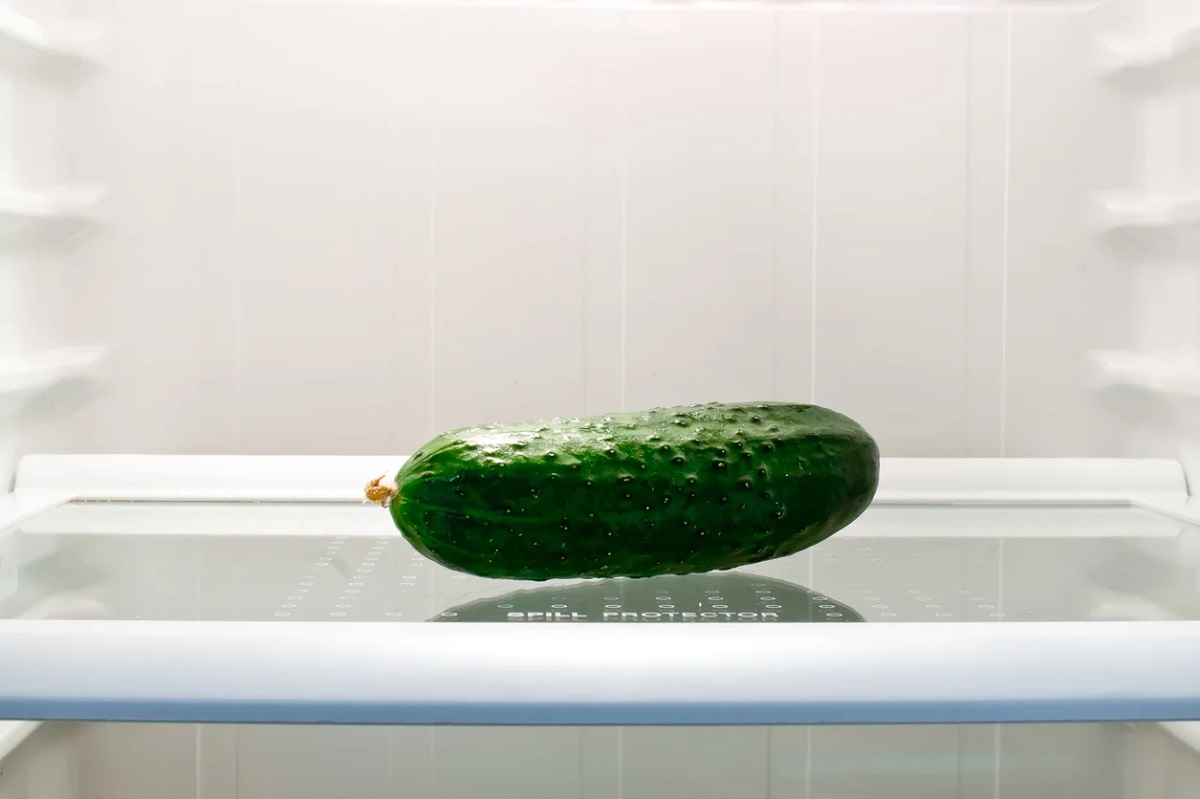



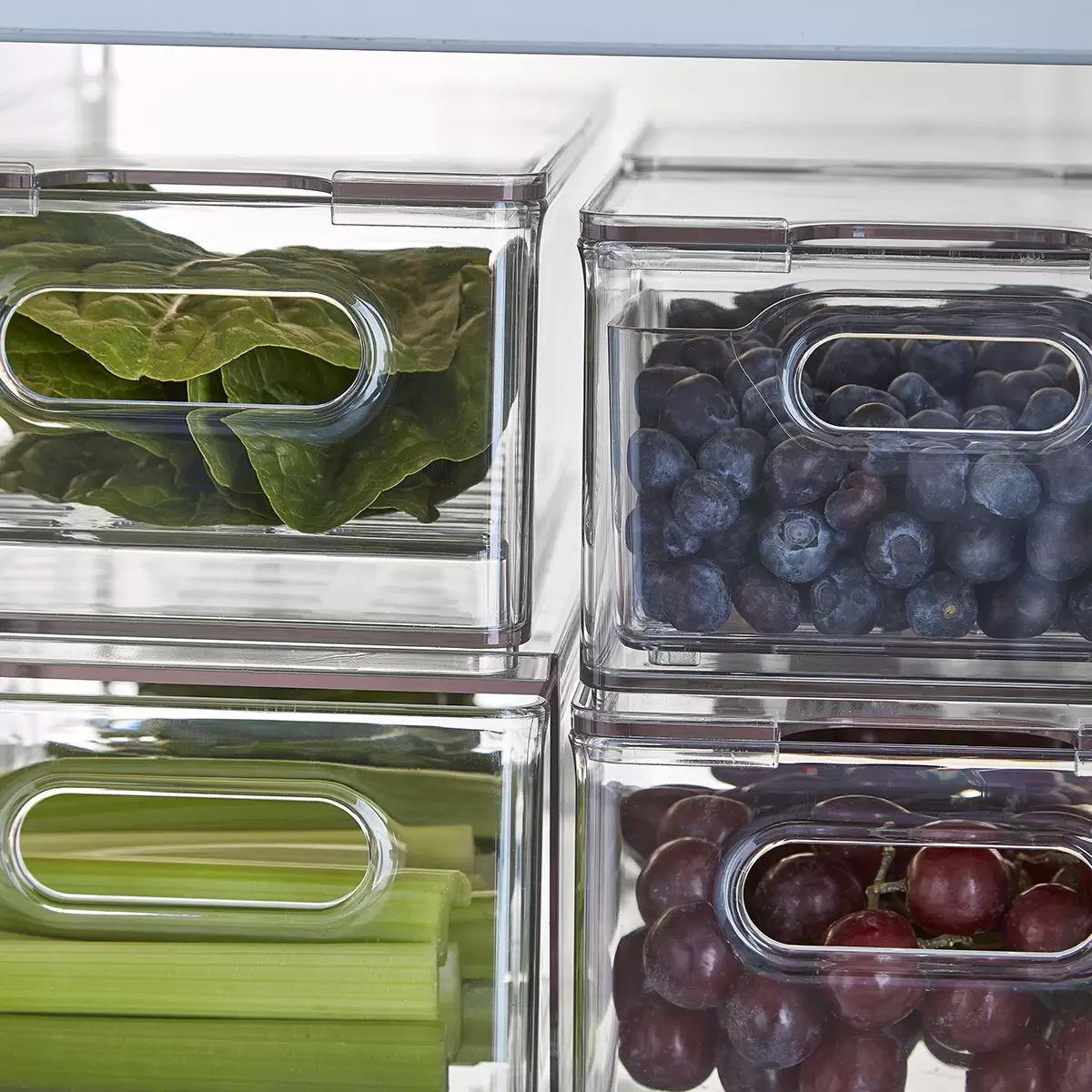
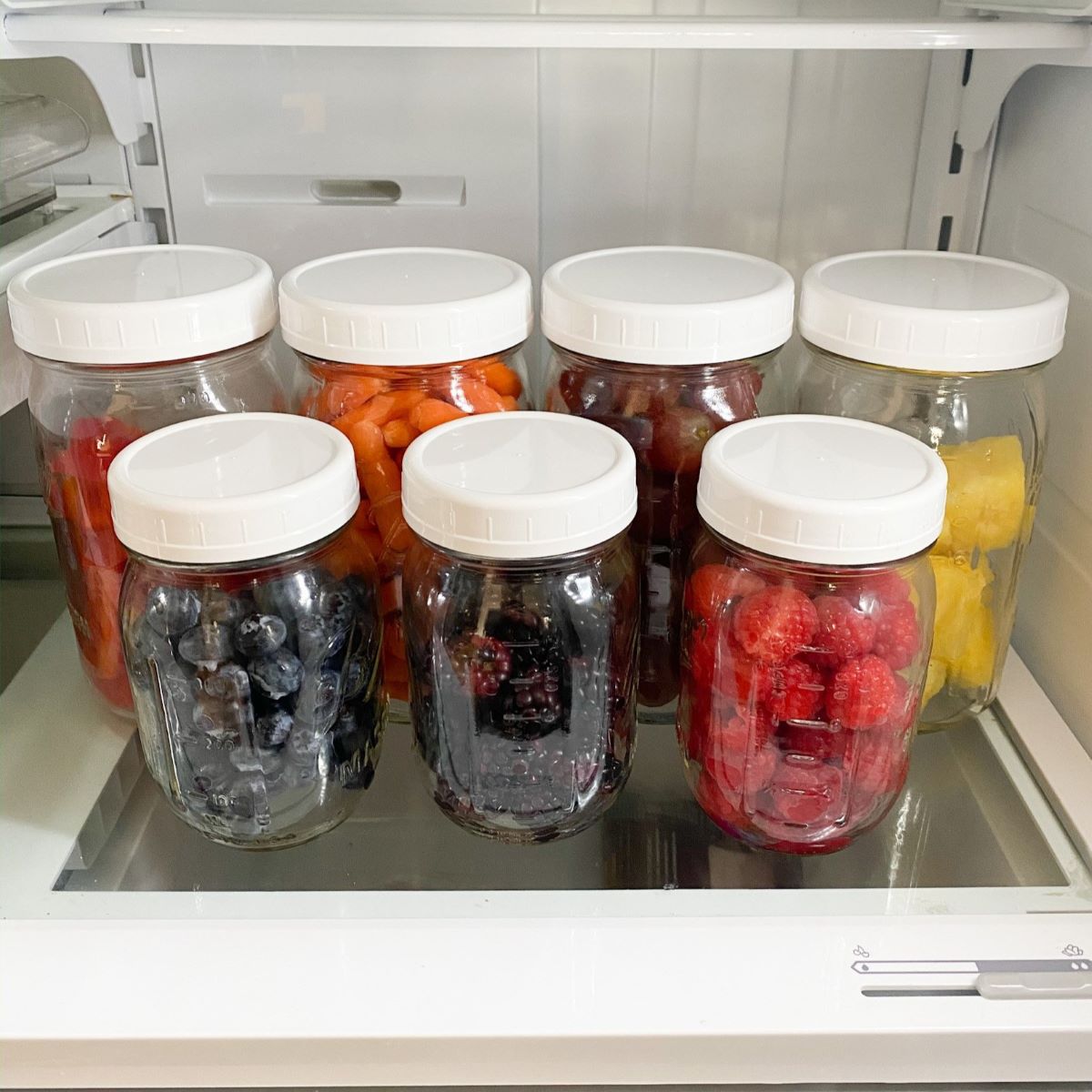
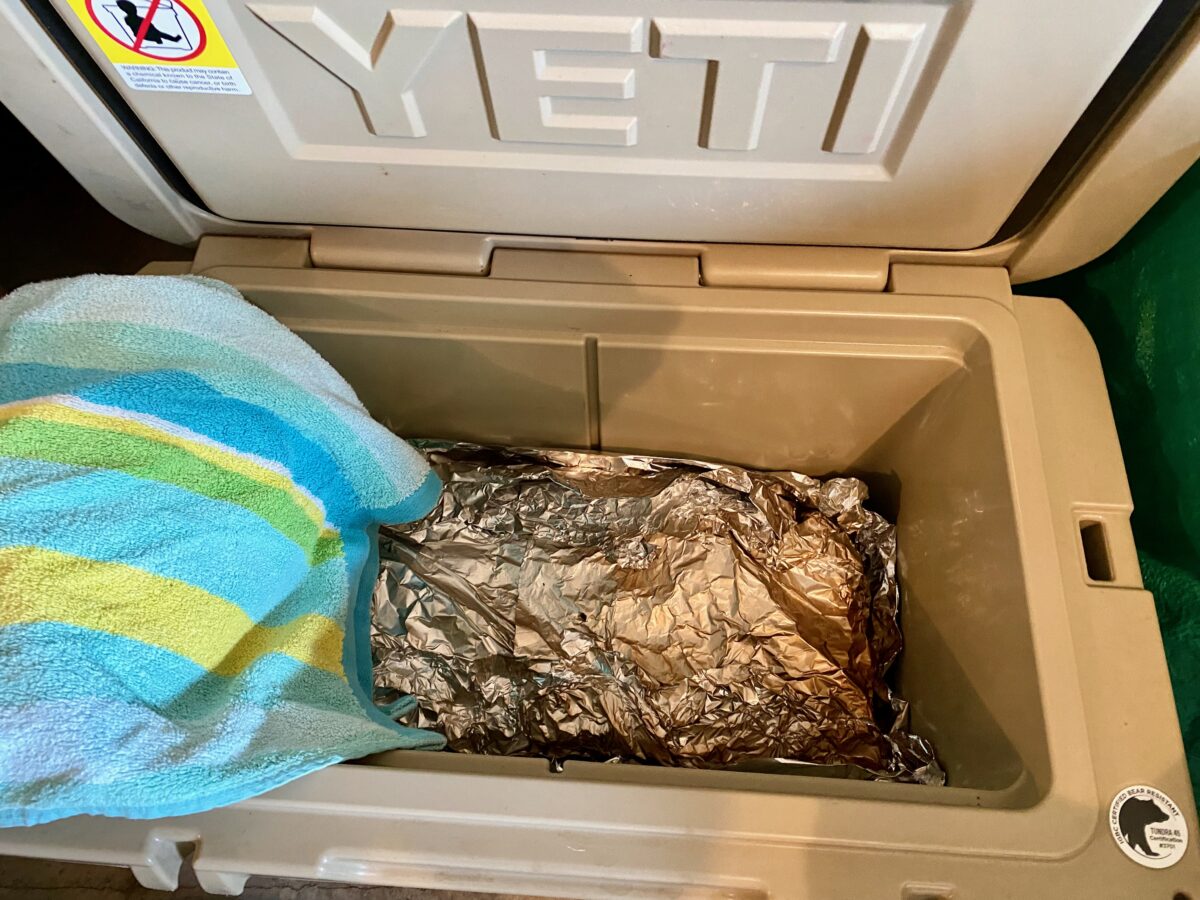



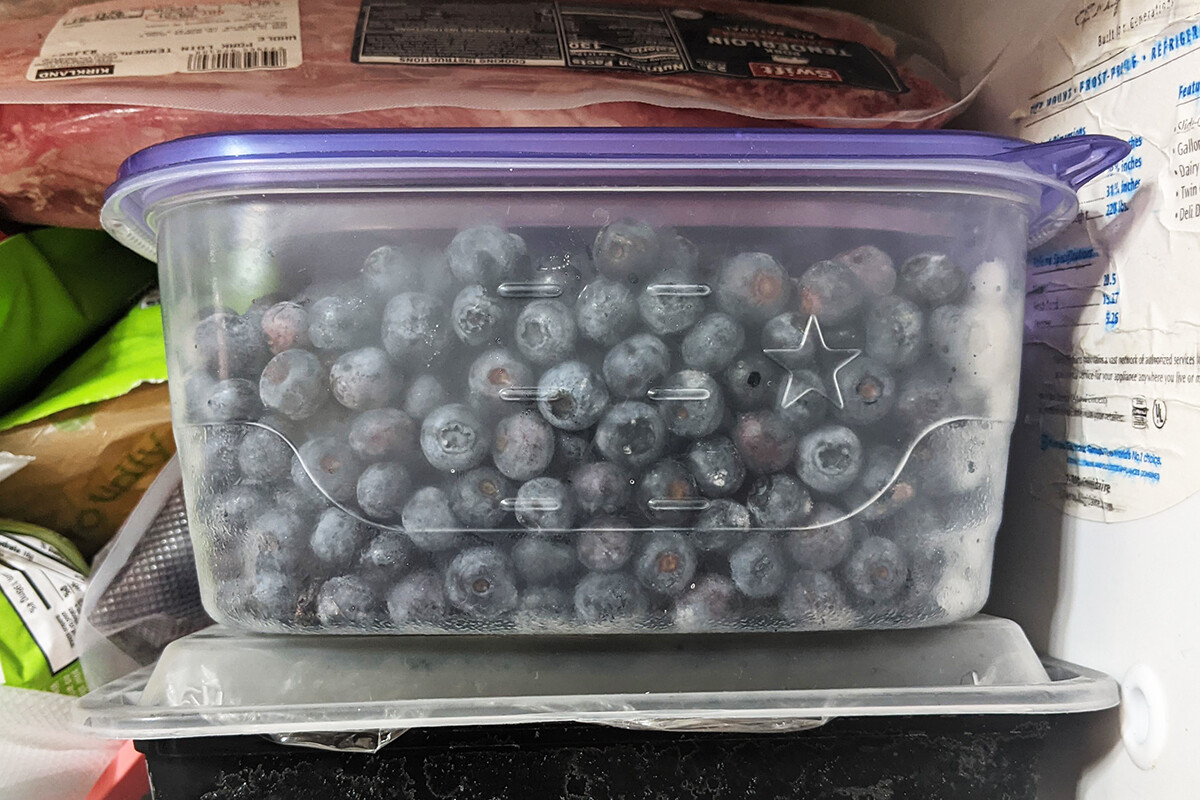


0 thoughts on “How To Store A Fridge In Storage”